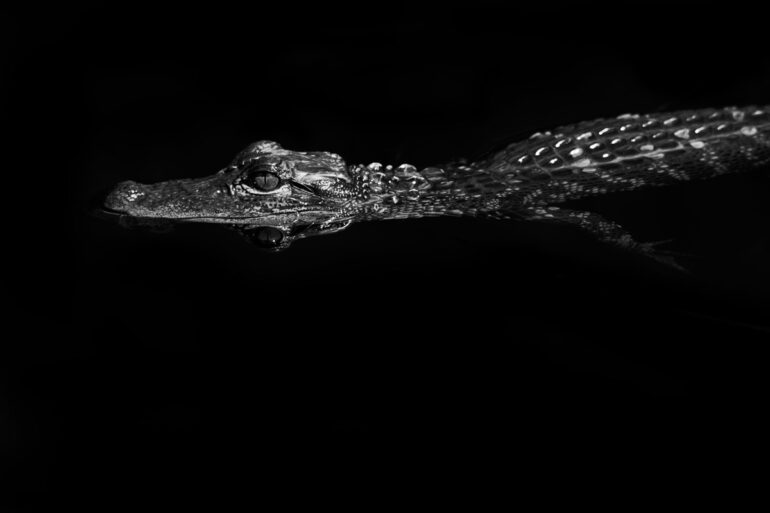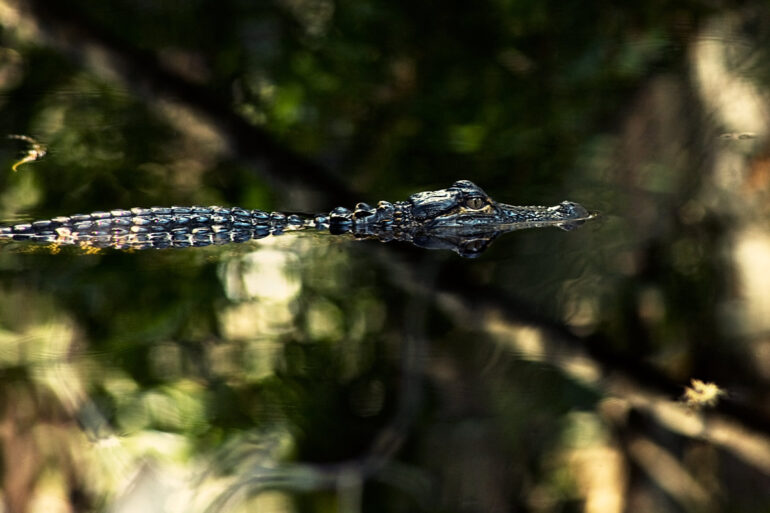We may earn a commission when you purchase through affiliate links. Learn more.
Wildlife photography is a tough genre to master. While anyone can stick a camera in the direction of an animal and get a photo of it, wildlife photography is all about capturing a unique connection between the animal and the viewer. A talented wildlife photographer’s work isn’t just a snapshot of an animal, but a candid look into its life, power, and natural beauty. To become skilled at wildlife photography requires more than just knowledge about photography — knowing the behavior of the animal you’re hunting with a camera is just as important.
Wildlife seldom appears as soon as a wildlife photographer shows up, so being able to sit still and unnoticed for long periods of time is important. Even when the wildlife does appear, it might take quite a while before the animal actually does anything interesting. Sit, stand, or lie very quietly on the ground — animals can often hear much better than humans can, so if you’re having a conversation with the photographer next to you, nearby wildlife is less likely to come in your direction. Avoid unnecessary, quick movements — if you need to stand or sit while photographing wildlife, do it very slowly so that you don’t spook the animal.
Understanding your Subject Matter
Every type of photography requires a high degree of skill to create images that resonate with viewers. Wildlife photography is no different, requiring photographers to have a very intimate understanding of the animal they’ve set out to photograph. Many of the most popular animals that photographers love to photograph like lions, wolves, buffalo, alligators, and elephants can also be very dangerous, so being educated in how that animal behaves is critical not only for getting a great photo, but also for keeping yourself in one piece.
In Florida for instance, there are more than one million alligators, but some visitors to the state end up leaving without a photo of one of these fearsome looking reptiles of prehistoric proportions in the wild. During the summer and early fall — Florida’s rainy season when temperatures frequently rise above 90° F — the water levels in the Florida Everglades rise and the habitat of the alligator is greatly expanded.

During the winter months though, when the temperatures and water levels drop, these sun loving Crocodilians can be seen sunning themselves on lake shorelines and riverbanks and even on golf courses. During the winter in Everglades National Park, visitors to the Shark Valley’s 15 mile paved nature loop frequently encounter large alligators sunning themselves on the pavement and in the grass, making it very easy to capture a photo. These large reptiles are generally not aggressive when people keep their distance, but approaching too closely, especially if the alligator is a female guarding her nest, can have fatal results. Alligators on land without nearby water are more likely to stand their ground if someone approaches too closely, while in the water or on a riverbank they’re more likely to flee from anyone who approaches them.
During the months of April, May, and June — the alligator’s breeding season in Florida, these reptiles can become more aggressive. In mid-June they begin nesting and their eggs begin to hatch in August and September. A mother alligator will aggressively defend her nest, even against curious wildlife photographers. Part of the wildlife photographer’s job is researching these behaviors in advance and learning from real-world experiences to figure out how to best photograph a species. Many wildlife photographers target a specific species, and having gear that will best capture that species is important to have ready in advance.
Be Ready for Action
Preparedness and speed is a major asset for wildlife photography. You should be ready to photograph developing action at a moment’s notice. A hawk that’s been perching peacefully on a branch might take flight in an instant, spreading its wings wide and making for an amazing photograph — if you’re ready for it.
Being familiar with your camera equipment is crucial for being ready for action. In a studio photographing a stationary object, speed isn’t a big concern, but when your subject is a living, breathing, and most importantly — moving animal, being able to adjust the settings on your camera in an instant is important. Many great moments have been lost by photographers fumbling to attach a different lens or trying to remember which dial controls the shutter speed on a brand new camera. Practice makes perfect, so spend as much time with your gear as possible and get comfortable changing exposure settings on the fly. The difference between an amazing photo…and no photo at all can be a fraction of a second.
Wake Up Early & Dress Comfortably
While a few species of animals are most active in the heat of the day, the majority of wildlife is most active and visible in the early morning and evening. Photographers who wait until noon to head out onto the trail will often find that even the wildest places are quiet during the afternoon, with most large animals taking shelter from the sun. Wait for the evening or get up early and you’ll find that you’ll start to see and photograph many more animals!
Wildlife photography often involves standing, sitting, and lying down in very dirty places that can be very hot or very cold. Wearing layers makes it easy to add and subtract clothing. Check the forecast in advance and always be prepared for inclement weather. Nothing can ruin a day of photography like a rainstorm when you don’t have rain gear to keep you and your camera equipment dry.
Be sure to check out our favorites-list of the best wildlife photography books!

